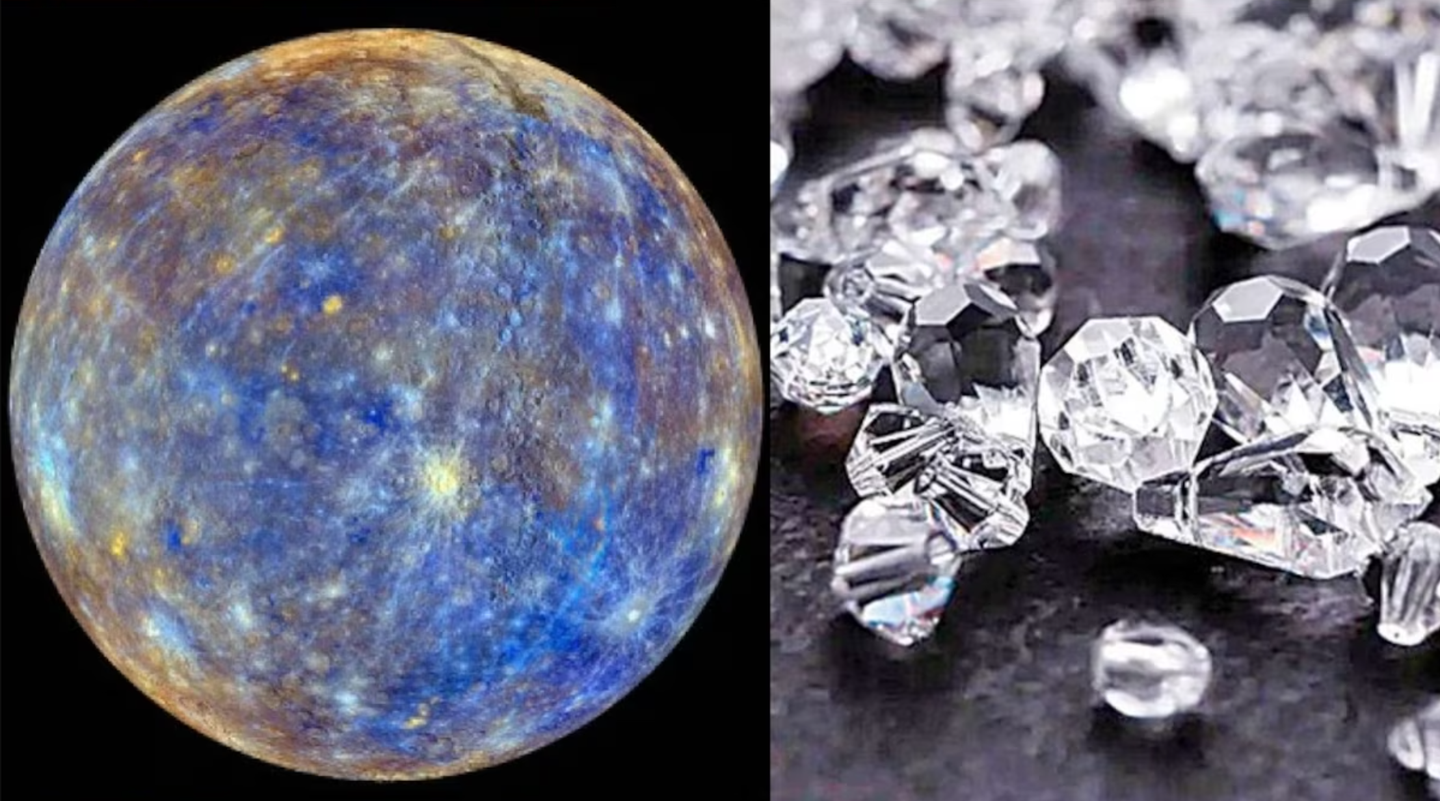Scientists discover how the Great Wall of China has remained well preserved for over 2,000 years
A surprising discovery suggests that nature itself might be aiding in the preservation of this historic wonder

The Great Wall of China stretches across the country's northern borders, bearing witness to over two millennia of history. (CREDIT: Getty Images
The Great Wall of China, an iconic symbol of ancient Chinese civilization, stretches across the country's northern borders, bearing witness to over two millennia of history. Today, what remains of this magnificent fortification is only a fraction of its former glory, as the relentless march of time and natural forces have taken their toll.
However, a surprising discovery suggests that nature itself might be aiding in the preservation of this historic wonder. Thin layers of bacteria, moss, lichen, and other organisms known as biocrusts have been found to play a vital role in safeguarding sections of the Great Wall, offering protection against wind, rain, and other corrosive elements.
Preventing degradation of the Great Wall of China
A study recently published in Science Advances unveils the remarkable role of these "living skins" in the conservation of this ancient architectural marvel. As technology and research advance, scientists are exploring the possibility of cultivating new biocrusts to prevent further degradation of the Great Wall.
Sections of the Great Wall of China get extra support and protection from a living layer of bacteria and moss. (CREDIT: BO XIAO)
Nichole Barger, an ecologist at the Nature Conservancy, praised the study as "innovative and creative." She pointed out that the protective effects of biocrusts have been increasingly recognized in recent years. These biological layers are known for stabilizing dryland ecosystems and preventing soil erosion.
While many of the well-known and frequently visited sections of the Great Wall are constructed from stone or brick, other parts were built using compacted soil, often referred to as rammed earth.
Over time, this rammed earth material deteriorates due to various factors, including rainwater infiltration, wind erosion, salt crystal formation, and temperature fluctuations.
Related Stories
However, these compacted soils can also become home to biocrusts, which cover approximately 12% of the Earth's land surface, primarily in arid regions, including northern China.
Biocrusts come in various forms, ranging from thin bacterial networks a few millimeters thick to thicker layers of moss and lichen several centimeters in height.
To investigate the potential role of biocrusts in preserving a human-made structure like the Great Wall, soil scientist Bo Xiao from the China Agricultural University and his colleagues conducted a comprehensive study.
They discovered that biocrusts, mainly composed of moss or photosynthetic microbes called cyanobacteria, covered more than two-thirds of the Great Wall's surface in the sections they examined. By comparing the physical properties of biocrust-covered rammed earth with bare, biocrust-free soil, the team made a significant discovery.
Their research revealed that biocrust-covered rammed earth was less porous and exhibited higher shear strength and compressive strength compared to the uncovered sections. These properties appeared to protect the Great Wall from degradation in several ways, such as reducing wind erosion, preventing water and salt infiltration, and enhancing the overall stability of the rammed earth. Notably, thicker biocrusts dominated by moss offered more protection than thinner ones dominated by cyanobacteria.
Bettina Weber, an ecologist at the University of Graz, commended the study for exploring whether the protective effects of biocrusts could extend to cultural heritage sites. She believed that their findings could pave the way for integrating biocrust research into various scientific fields.
Moss and other organisms thrive on sections of the Great Wall of China made of compacted soil. (CREDIT: BO XIAO)
Interestingly, the Great Wall study challenges the prevailing belief in heritage conservation that plant growth can be detrimental to buildings or archaeological sites. Matthew Bowker, the study's author and an ecologist at Northern Arizona University, explained that this fear primarily stems from the potential damage caused by plants' root systems, which biocrusts lack.
Despite their protective capabilities, biocrusts are facing threats of their own. Recent studies have warned that as climate change accelerates and intensive land use expands, many biocrusts may vanish, taking their protective benefits with them.
Porosity and water-holding capacity of biocrusts and bare rammed earth on the Great Wall. (CREDIT: Science Advances)
This loss could have dire consequences for the Great Wall, particularly in the face of rising temperatures, which favor thinner cyanobacterial crusts that require less water.
While efforts to restore damaged or depleted biocrusts are still in the research and development phase, labs worldwide are exploring the possibility of stimulating their regrowth.
One significant challenge is understanding the timeframes required for different types of biocrusts to flourish in various climates and levels of disturbance, with estimates ranging from years to centuries.
Nichole Barger suggested that intentionally cultivating biocrusts along a relatively small feature like the Great Wall could be more manageable than attempting to restore biocrusts across vast landscapes. Given the significance of the Great Wall as "a cultural symbol of China and Chinese civilization," as noted by Bo Xiao, finding effective ways to preserve this site for future generations is imperative.
As scientists delve deeper into the protective potential of these tiny organisms, the Great Wall of China may continue to stand as a testament to both ancient engineering and the resilience of nature's unlikely heroes.
For more science stories check out our New Discoveries section at The Brighter Side of News.
Note: Materials provided above by the The Brighter Side of News. Content may be edited for style and length.
Like these kind of feel good stories? Get the Brighter Side of News' newsletter.



